In the second month of the third year of the Bunkyu era — March 1863 — there occurred perhaps the oddest beheading in the long history of righteous indignation. Nine swordsmen stormed the Toji-in temple in Kyoto. The victims were utterly defenseless. They were statues — three wooden statues of men — shoguns — dead some 500 years. Historian Anne Walthall, in “The Weak Body of a Useless Woman: Matsuo Taseko and the Meiji Restoration,” recreates the scene:
The swordsmen “tied up the monks on guard, then invaded the hall where the statues were enshrined. One man suggested that the statues’ bodies be destroyed, but the others objected because they were carved in full court dress. Out of respect for the emperor they should remain unscathed. ... Having been fashioned from a separate block of wood, the heads were simply yanked out of the bodies. ... Clasping the heads ... the nine men departed as noisily as they had come. Once outside the temple, (one of their number) led them in a chorus of war cries, then they ran back through the city, pausing briefly to bow before a gate to the imperial palace.”
Historian Donald Keene, in “Yoshimasa and the Silver Pavilion: The Creation of the Soul of Japan,” adds this detail: The swordsmen “then exposed the heads on the banks of the Kamo River, following the common practice at the time of ‘patriots’ exposing for all to see the heads of men accused of being traitors. Beside the heads of the three shoguns, placards were set up enumerating the crimes of each.”









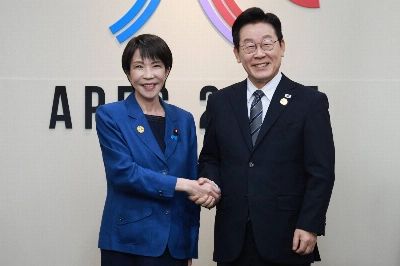

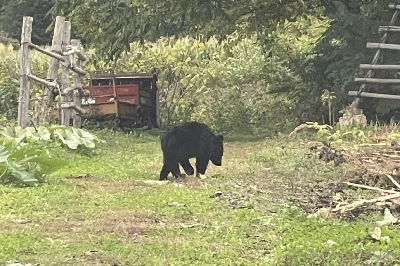
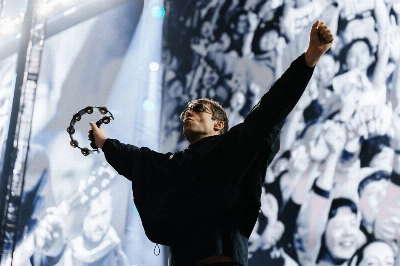

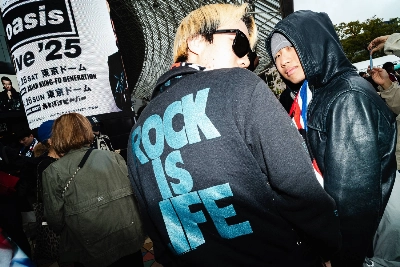

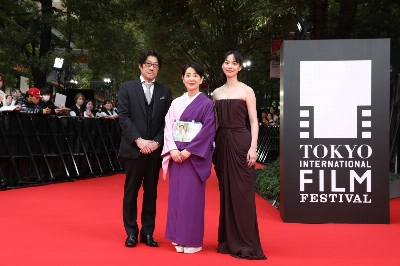
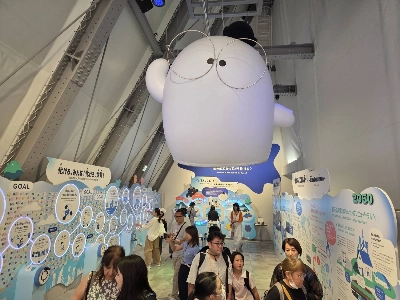
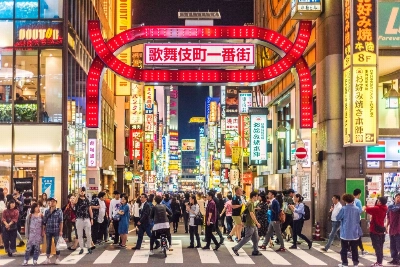
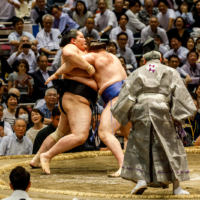

With your current subscription plan you can comment on stories. However, before writing your first comment, please create a display name in the Profile section of your subscriber account page.